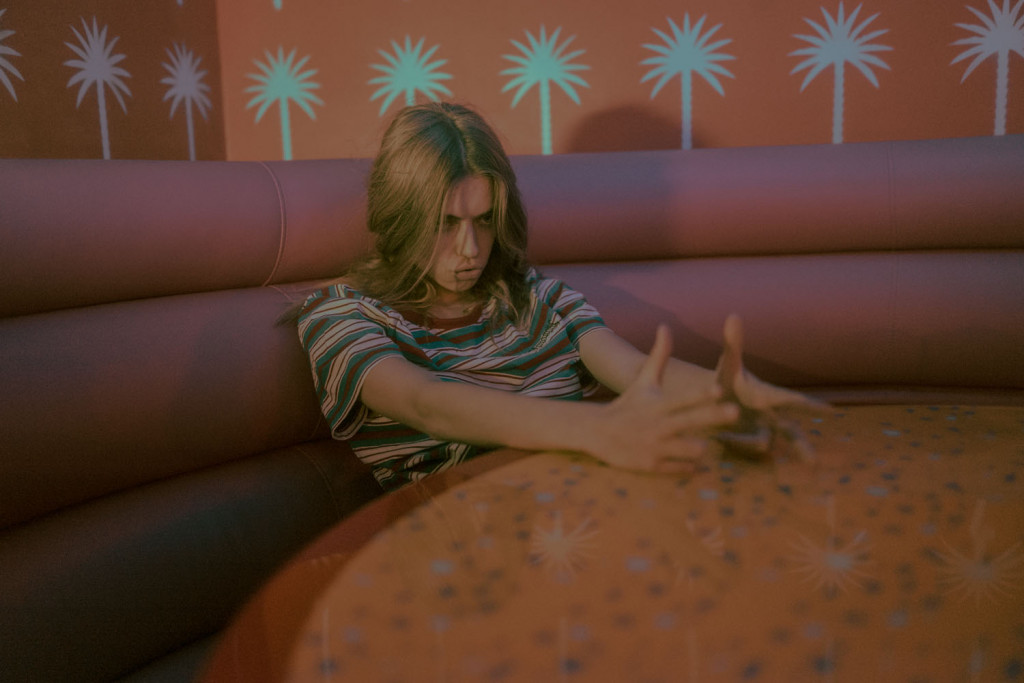
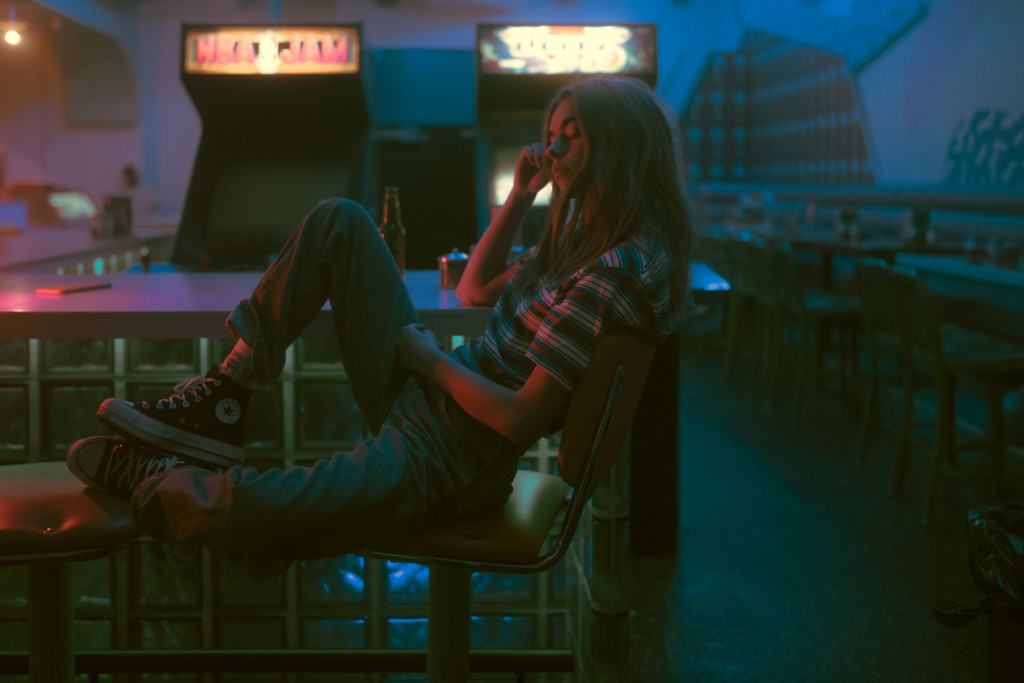
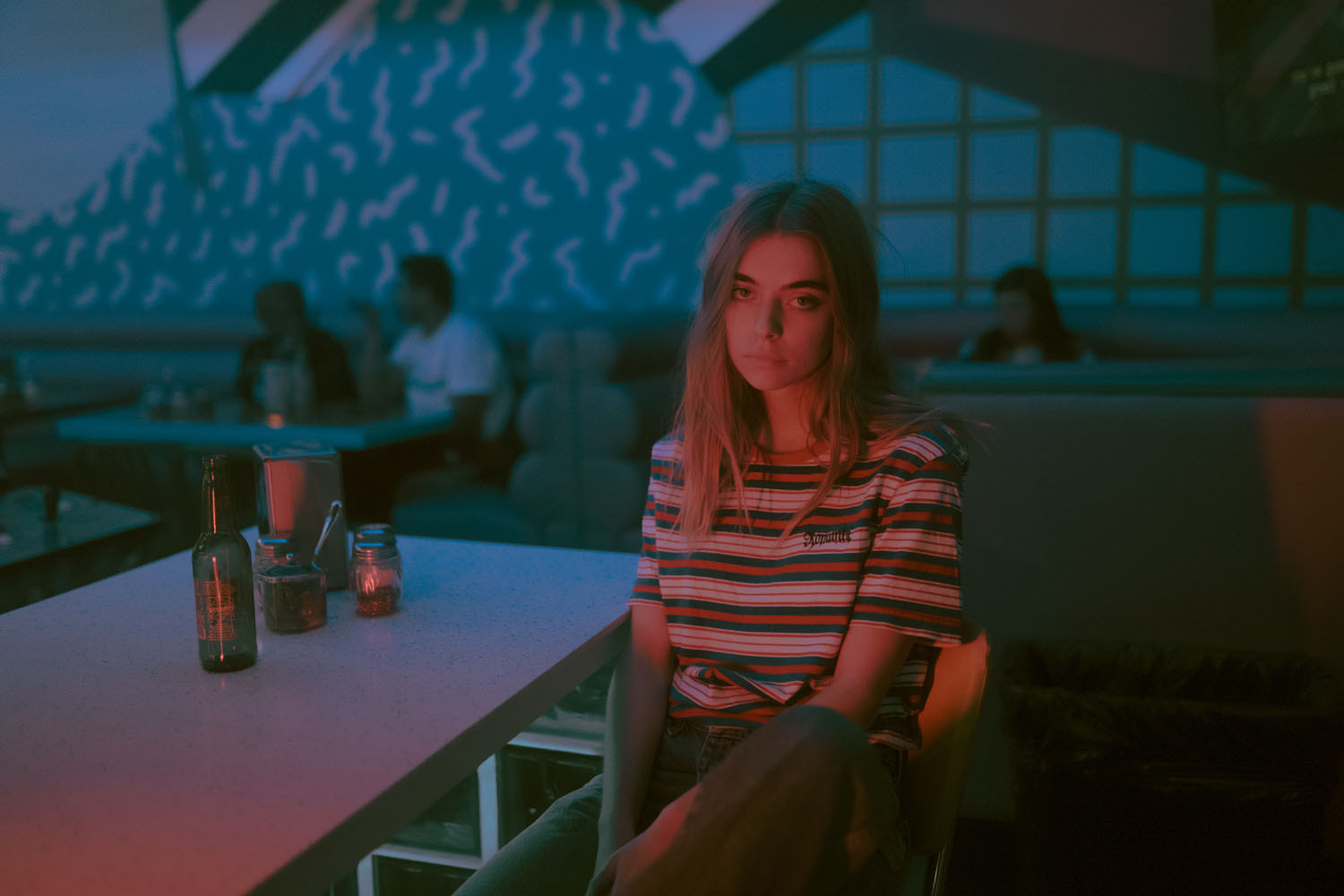
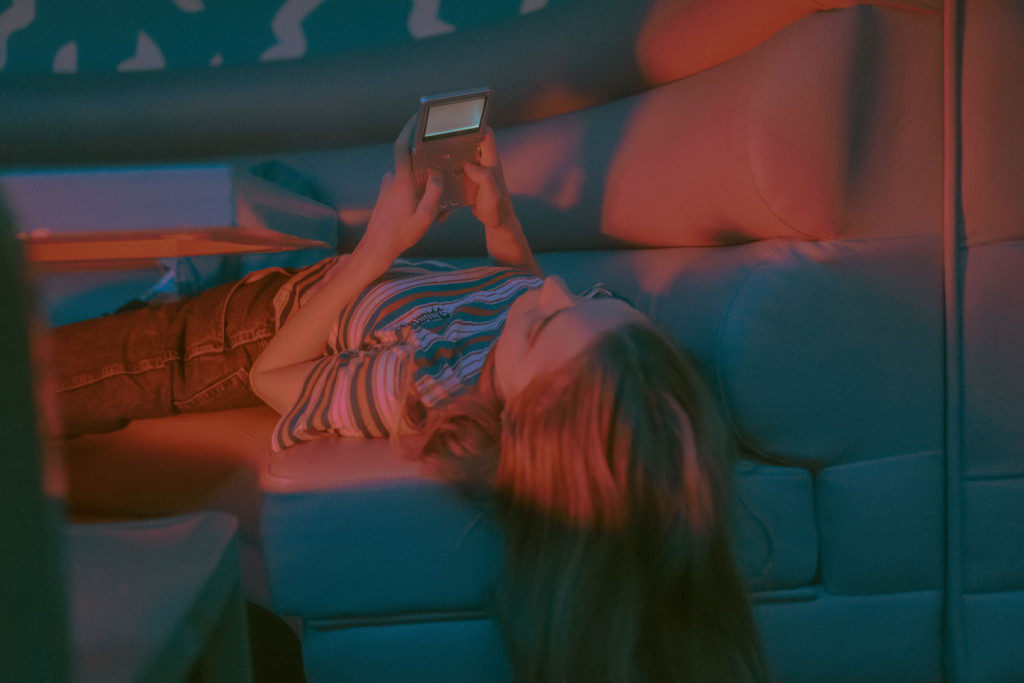
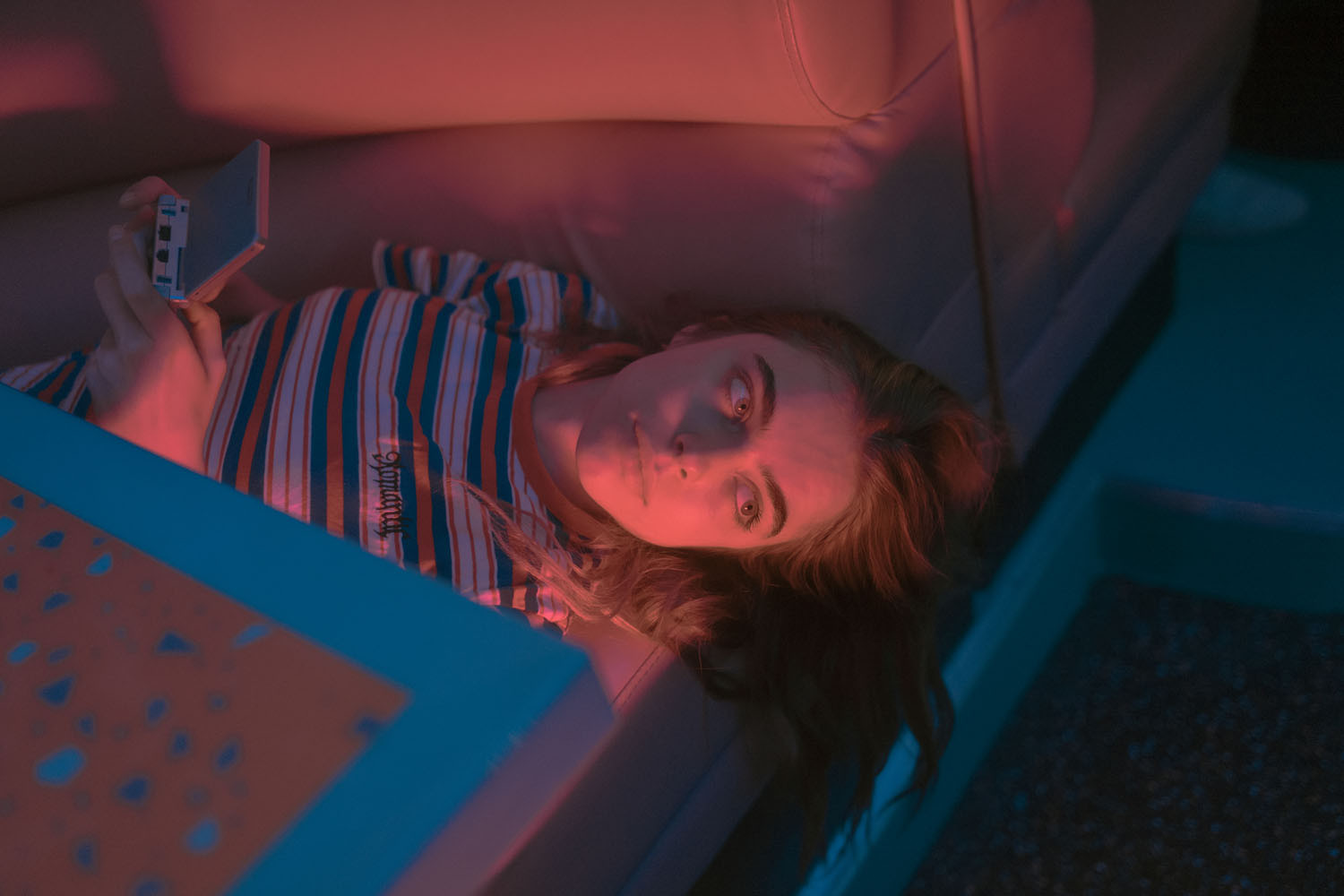
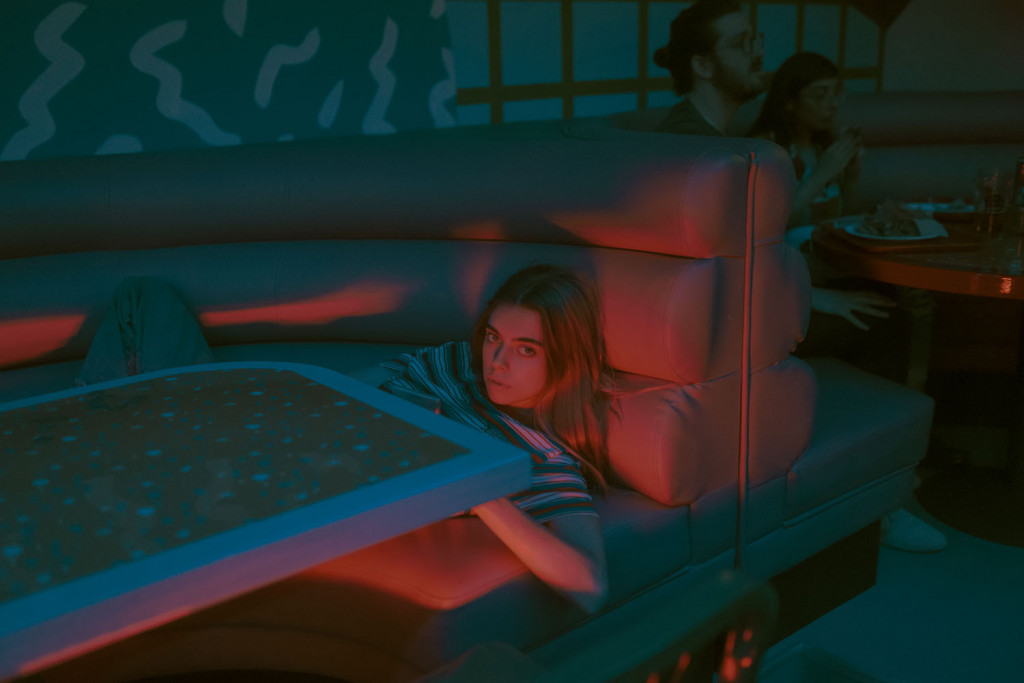
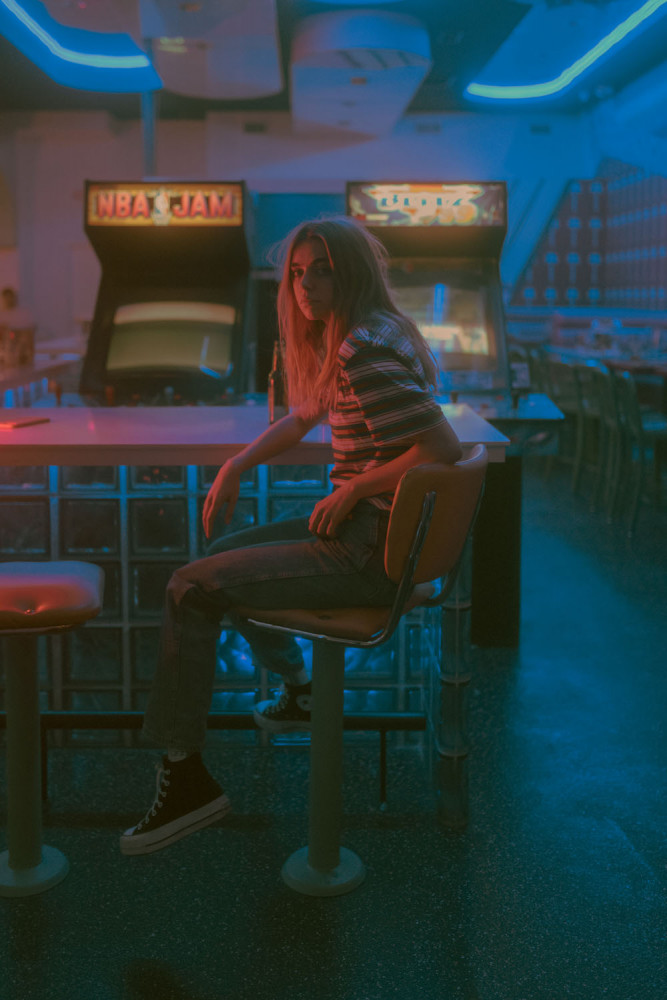
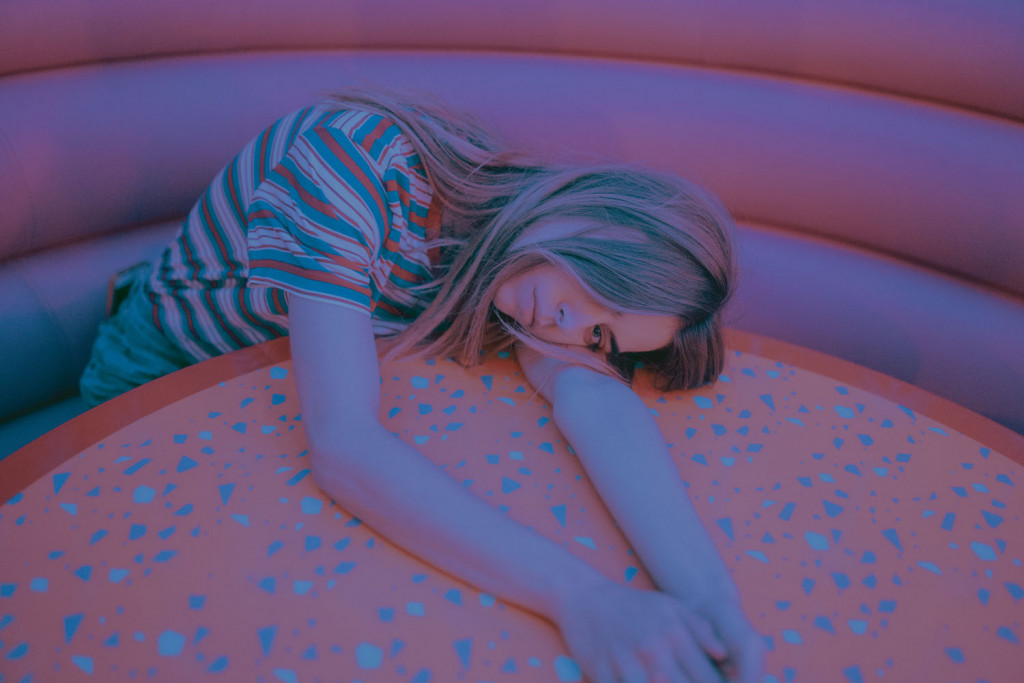










INTERVIEW
Franck Bohbot
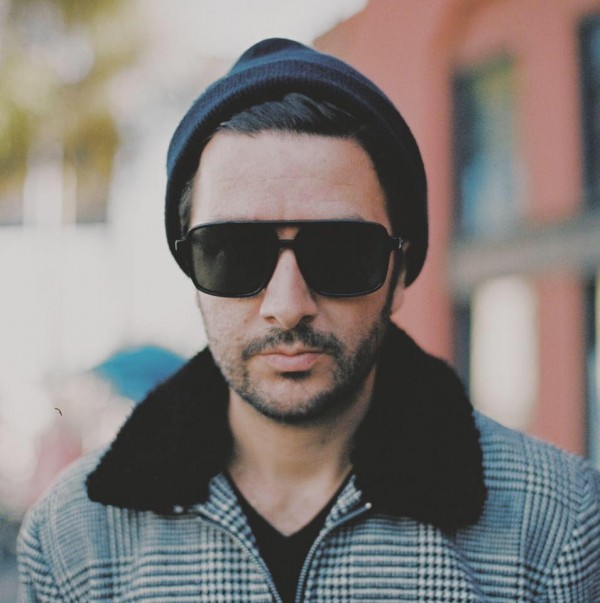
Photography Franck Bohbot Model Marta The Martian Camera Leica SL with Vario-Elmarit-SL 24–90 f/2.8–4 ASPH.
One model, one look, one location: In his pared-down series, photographer Franck Bohbot captures magical moments in time and space.
Your series ‘The Martian’ is centred around one model, Marta. What drew you to her?
There is something very fascinating about Marta. She has this ability to tell a story with her eyes… She is a model and actress, very talented and also a lot of fun. She loves photography and, incidentally, video games! I was incredibly curious to have her in front of my camera and see what we could create together.
What story did you set out to convey?
Every image tells a story, but I like to leave it to the viewer to imagine what exactly that might be.
In this series, you primarily focus on your model’s face, with no changes in terms of looks and location. What was the thought behind this?
I like a minimalist approach. This was our first shoot together, and I decided to have no assistant, no stylist, no make up artist. I did my own lighting, and worked very fast to try and capture that moment between reality and fantasy. I also recorded exclusively in RAW format. Everything about this project felt very authentic. We talked about photography, Leica, the medium format, video games… all the while, I was taking pictures. Then we started to play games – nothing was specifically staged. Eventually, Marta started to engage with the camera, and that’s when the real magic happened.
What was your core concept?
I love observing people’s faces while they play games, and watch them react to a winning or losing streak. It’s amazing how, deep down, we all still have this childlike desire to win, regardless of our age. This also manifests itself in many other areas of life. In terms of visual aesthetics, I wanted to create something youthful yet glamorous – a throwback to the nineties, with a futuristic element and a touch of Tarantino. It’s a portrait series, so there is no predefined narrative – I just let my instincts guide me.
What are your thoughts on ‘the decisive moment’ in photography?
I definitely believe in the one moment that yields the perfect shot. It’s something you either chance upon, anticipate, or instigate. In this case, I chose to instigate it. I made sure that the location, mood, lighting and overall atmosphere were all in place, leaving me free to focus entirely on my subject. With Marta, capturing that elusive moment was easy, because she is a true professional. It took no more than 15 minutes to produce an image that elicits emotions, but also emanates a sense of fun.
There is a harmony to your renditions of shadows and light. What can you tell us about this?
‘Harmony’ is a great term to apply to these images, and to photography in general. I always set out to achieve an even balance between light, composition, colour and shadows. Being a drummer, I also think of it in terms of tempo. A colour has the power to completely change a story – that’s why I consider the post-production process to be as important as the image itself.
This series was shot with the Leica SL. What are your impressions?
I love this camera – it’s so intuitive, minimalist and fast that it feels like an extension of my body. I have previously worked with the M6, Q and M10, but the SL with its amazing handleability and large viewfinder is a true, modern Leica. The colour-neutral Leica look of the DNG files makes it easy to adjust the colours in post-processing. At some point, I’d also love to try out the SL2, with its even higher resolution.
The colours in this series seem reminiscent of pastel paintings – it’s as though you draped an opaque veil across reality. Is this how you perceive life – with a subtle sense of magic?
Interestingly, I have sometimes been asked if my pictures are paintings or illustrations. Of course, my choice of visual aesthetics always depends on the project in question – or my current mood. Some of my series are, in fact, brightly lit and vibrantly coloured. Other times, I might return to a darker, more cinematic style. It’s a constant back and forth. Overall, I try to create projects that are cohesive within themselves – with a common thread that might take the form of places, colours, people, architecture, narratives, or reflections of personal experiences. Life is something that continuously changes. I am constantly evolving and gaining new perspectives – be it with regard to time, aesthetics or technique. As long as I can keep following my own vision, I’ll be content.